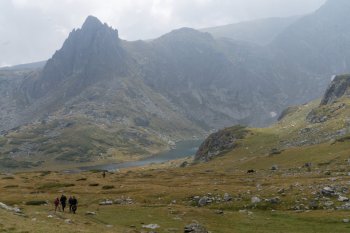Hello as suggested in this thread/post here is a new thread focused on photos processing workflow comparison between iPad and laptop.
First few basics on the hardware/software I use for comparison:
I did two tests last week that I would transfer from that thread here. Basically I process the RAW file without applying anything additional:
Laptop

iPad

Laptop

iPad

It was noticeable that by default DxO removes noise more efficiently than Affinity.
Today I decided to play out with the Noise removal filter and this is the result:


I also played with old landscape photos with lots of haze. Here Affinity Photo wins because it has Haze Removal filter while the free version of DxO does not have. Here are comparisons:
Haze photo (without any tweaks/adjustments):

Laptop

iPad

I will continue to test and share observations. And anyone who has established workflow with Affinity could share it here. I think we can all learn something new.
First few basics on the hardware/software I use for comparison:
| Device | Laptop | iPad |
| Model | Asus Vivobook Pro N580VD 8 GB RAM i7 CPU | iPP 2018 11 inch, 512 GB, 4 GB RAM |
| Software | DxO OpticsPro 11 | Affinity Photo |
I did two tests last week that I would transfer from that thread here. Basically I process the RAW file without applying anything additional:
Laptop
iPad
Laptop
iPad
It was noticeable that by default DxO removes noise more efficiently than Affinity.
Today I decided to play out with the Noise removal filter and this is the result:
I also played with old landscape photos with lots of haze. Here Affinity Photo wins because it has Haze Removal filter while the free version of DxO does not have. Here are comparisons:
Haze photo (without any tweaks/adjustments):
Laptop
iPad
I will continue to test and share observations. And anyone who has established workflow with Affinity could share it here. I think we can all learn something new.
Attachments
Last edited:







